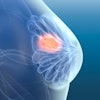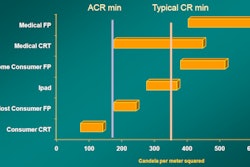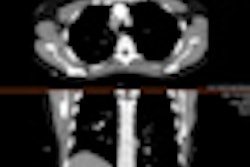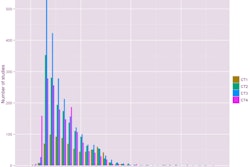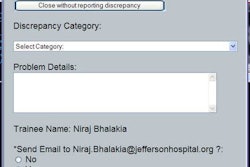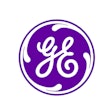WASHINGTON, DC - Radiology reports aren't as relevant if they're not ready before referring physicians view the images, particularly in the emergent setting. PACS audit data can help gauge this timeliness, according to a presentation at the Society for Imaging Informatics in Medicine (SIIM) annual meeting.
In more than half of the emergency department (ED) CT cases in the Staten Island University Hospital study, radiology reports were either available when ED physicians viewed the images on the PACS or the images weren't viewed at all, presumably due to the reports being accessible.
"PACS audit data can be harnessed to determine timeliness of readings of ED CT scans in a manner that is more meaningful than turnaround times alone," said presenter Dr. Adam Bernheim.
To test the hypothesis that most reports of ED CT scans were at least in preliminary status by the time ED physicians viewed the exams on PACS, the research team extracted exam viewing data between June 1, 2010, and May 31, 2011, from the PACS database and compared the information to the times of preliminary and final report delivery.
Data were then tabulated to show how often the first exam view preceded the first availability of the report. They measured the mean time between exam completion and the first time the ED staff viewed the exam, a metric that was termed the desired turnaround time. Next, the study team calculated the traditional turnaround time, the mean time between exam completion and the first time the report was available.
Results were categorized by imaging modality. While the main focus of the study was CT, the results were also compared against three other major types of exams ordered from the ED: radiography, ultrasound, and MRI.
Regarding CT exams:
- First exam view came after first instance of report: 8,612 (34%)
- First exam view came before first instance of report: 11,596 (46%)
- Exam was never viewed by the referring physician: 5,236 (21%)
More than half of the exams either had a report available when the ED staff viewed the images or the images weren't viewed at all, presumably because the report was already available and the clinical decision was based on it, according to Bernheim.
"This [level of performance] is likely the result of the diligence of the on-call resident staff and daytime staff reading these cases in a timely fashion, as well as speed gains in dictation from using a speech recognition system," he said. "The fact that more than half of ED CT scans are still resulted before the first exam is viewed demonstrates a measurable degree of timeliness of the radiology reporting process beyond simple turnaround times."
The median desired turnaround time was 26 minutes, but the median was 65 minutes when the first exam view came after the report and 14 minutes when the first exam view came before the report.
For CT exams, median actual turnaround time was 31 minutes, but it was 22 minutes when the first exam view came after the report, 45 minutes when it came before, and 23 minutes when the exam was never viewed by the referring physician.
For computed radiography exams:
- First exam view came after first instance of report: 5,168 (8%)
- First exam view came before first instance of report: 55,169 (86%)
- Exam was never viewed by the referring physician: 3,844 (5%)
Given the volume of plain-film studies, it's not surprising that ED physicians frequently view the exam before the radiology report is available, he said.
For ultrasound studies:
- First exam view came after first instance of report: 412 (4%)
- First exam view came before first instance of report: 4,678 (42%)
- Exam was never viewed by the referring physician: 5,999 (54%)
Similar results were found for MRI. The researchers concluded that the PACS audit data enabled better evaluation of radiology report timeliness.
"Turnaround times alone are nice to have as low as possible, but to be able to measure against the time that emergency room physicians look at the images is something that we find more helpful," he said.
PACS audit data can also be used in a number of other ways, such as for comparing results at different times of day, Bernheim noted.



